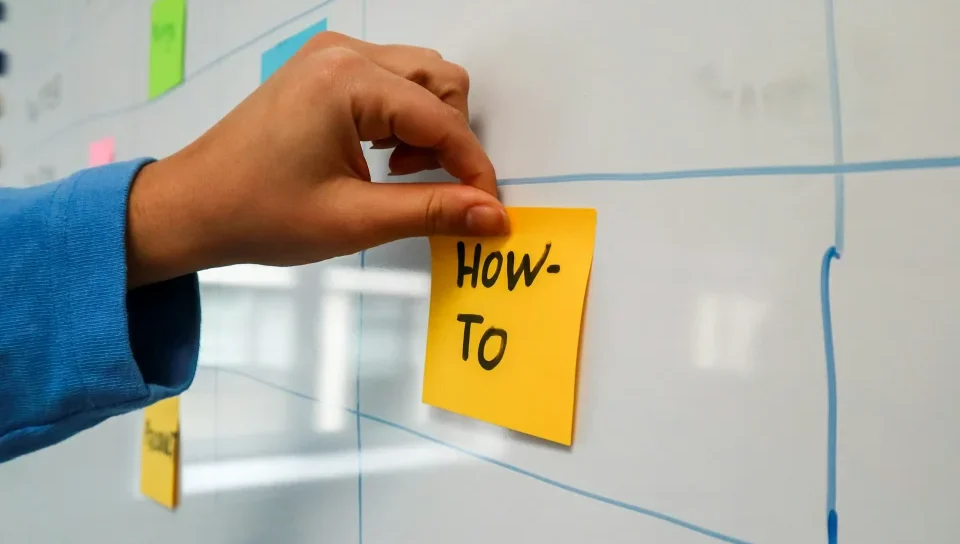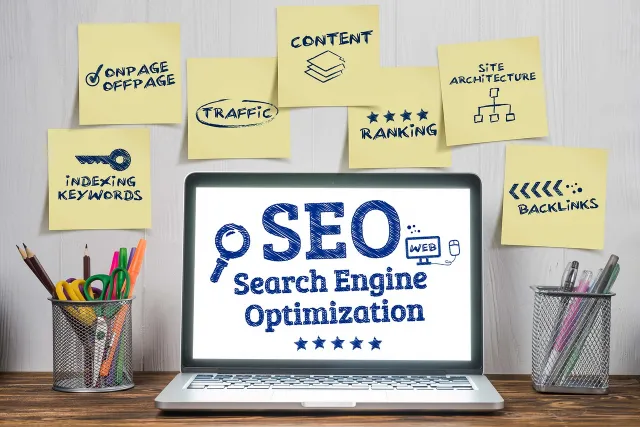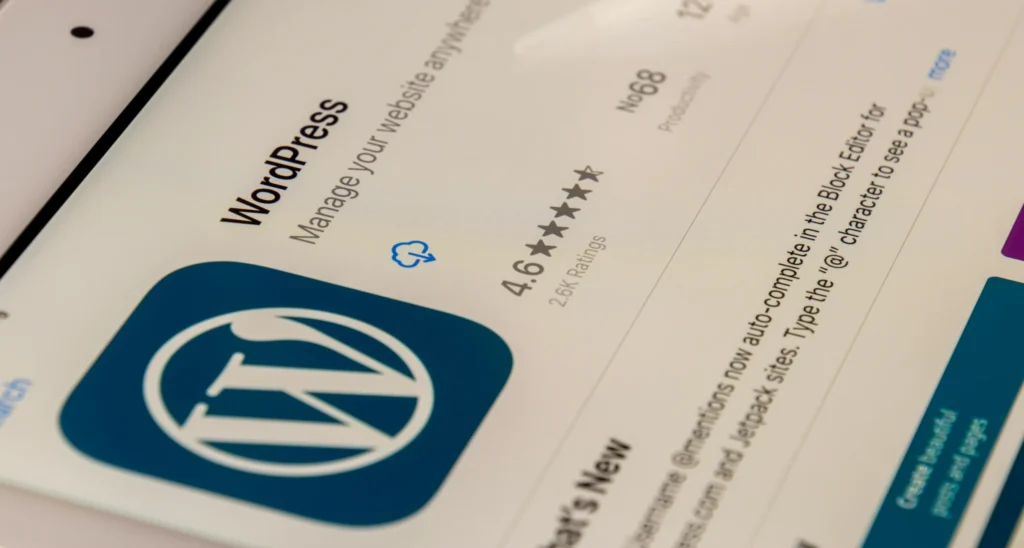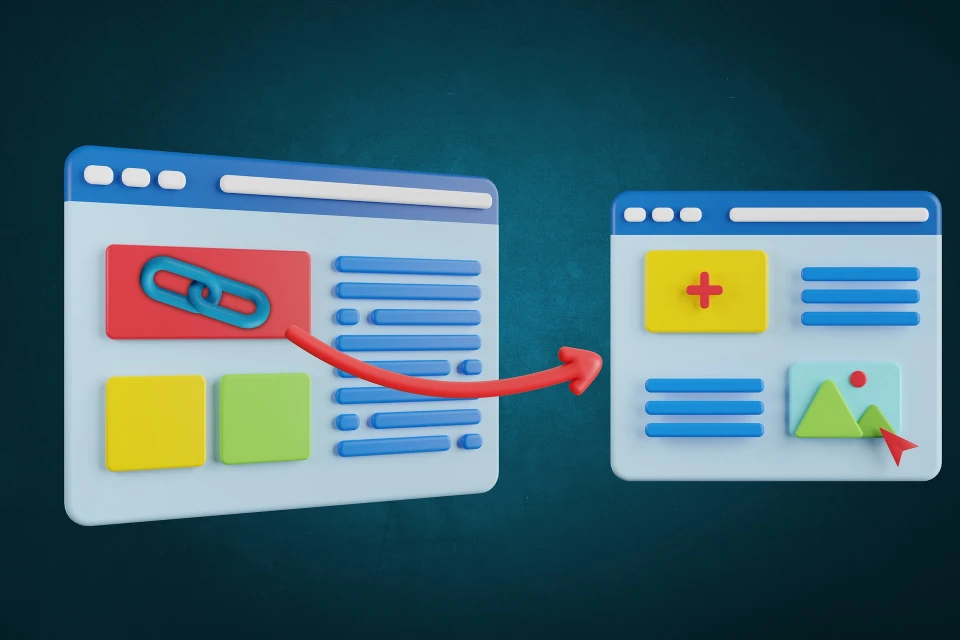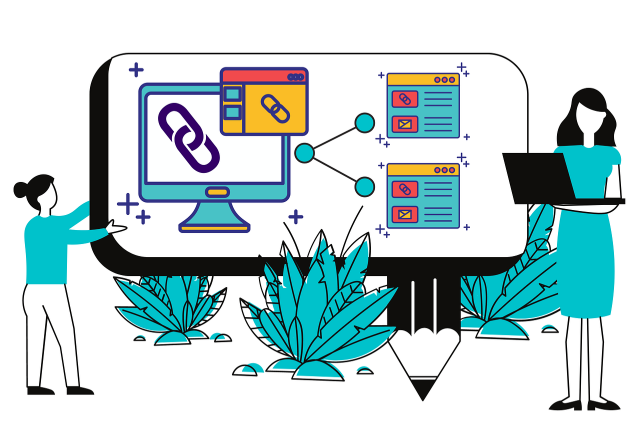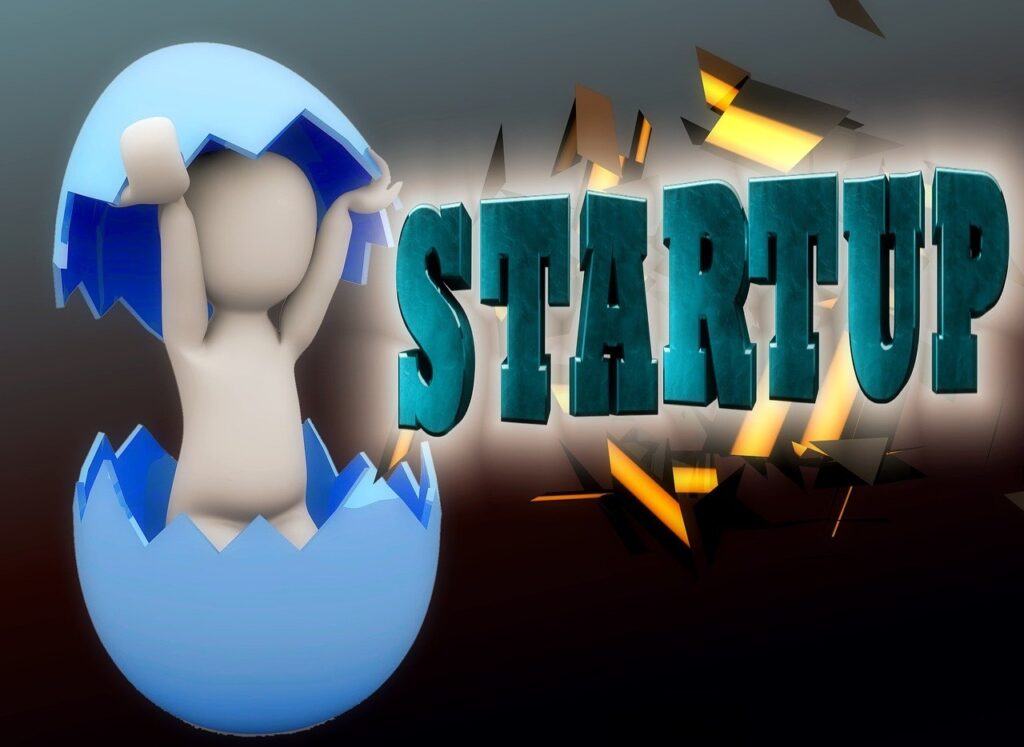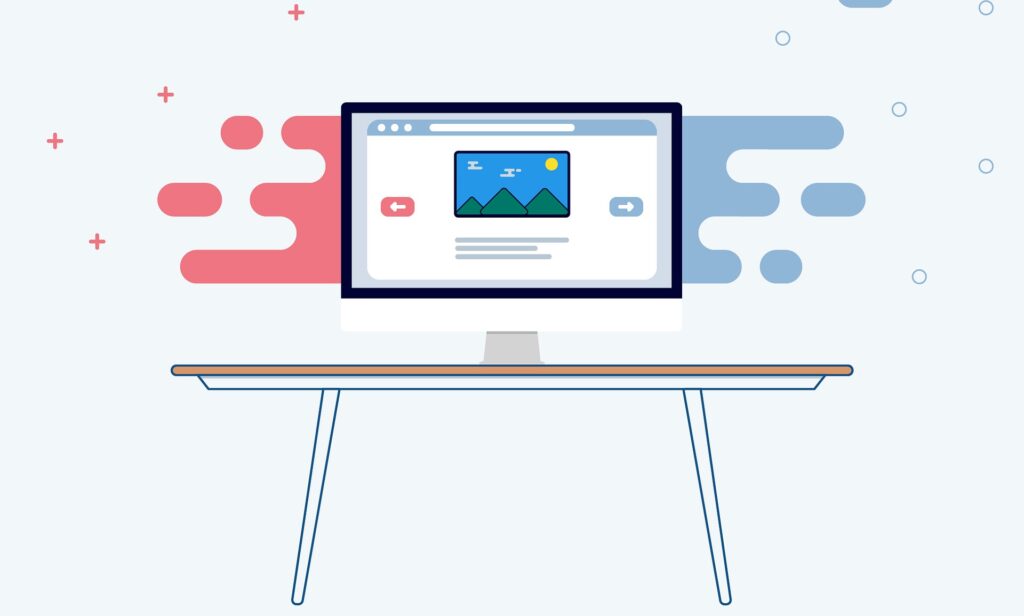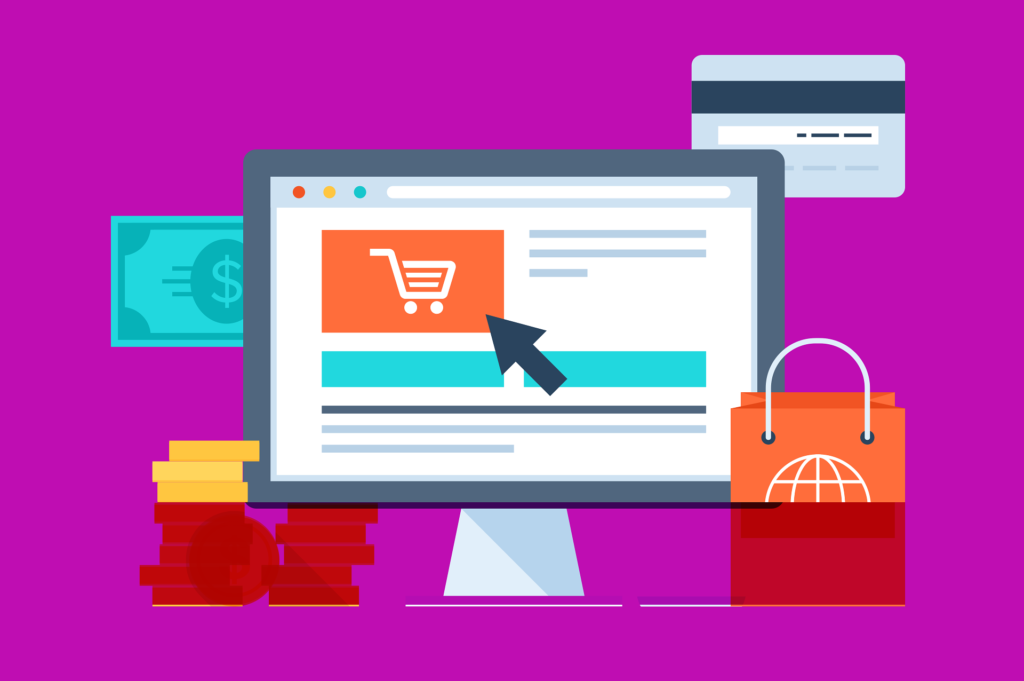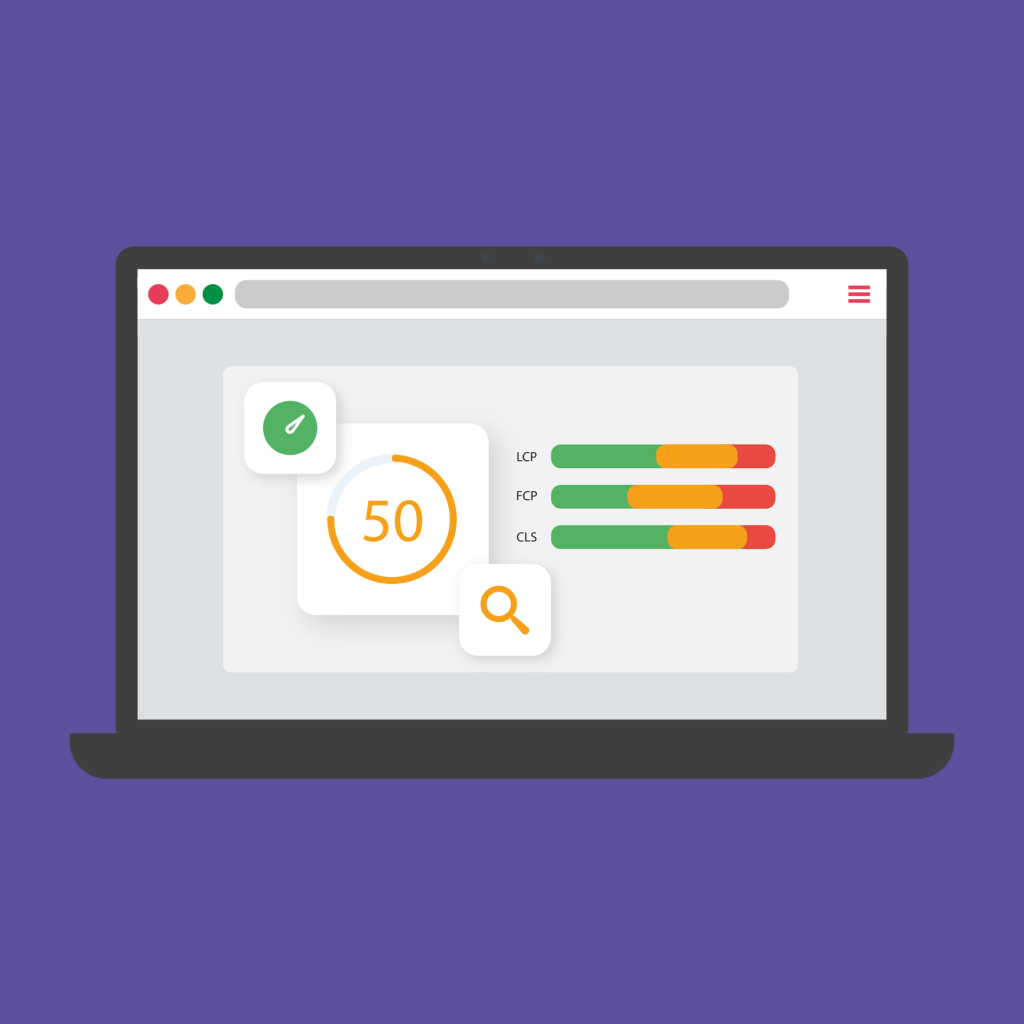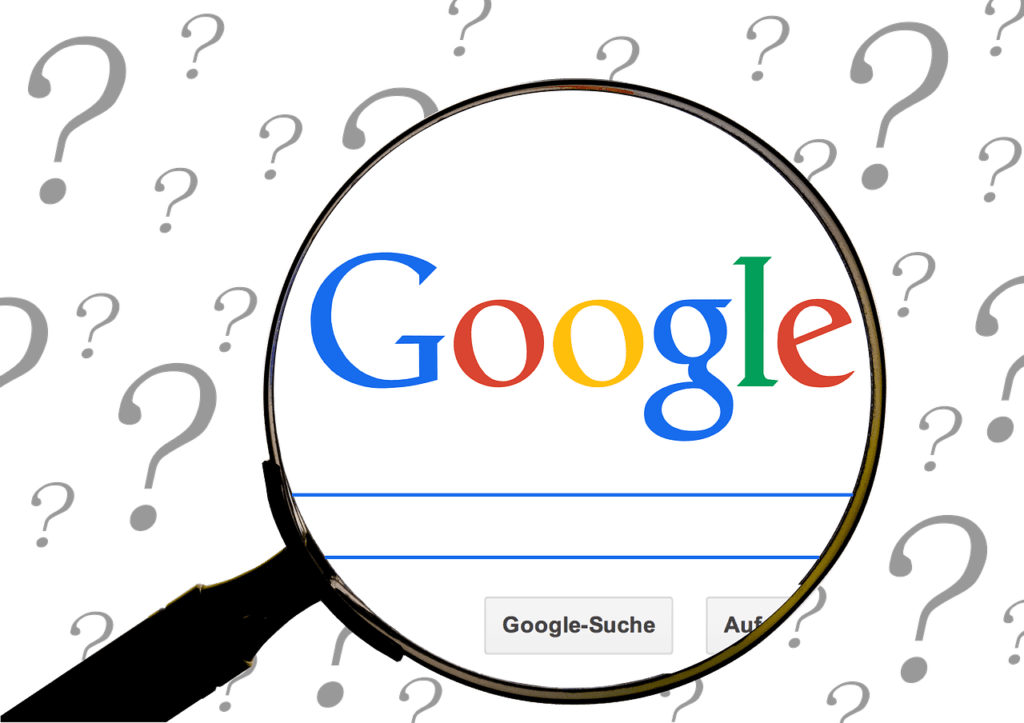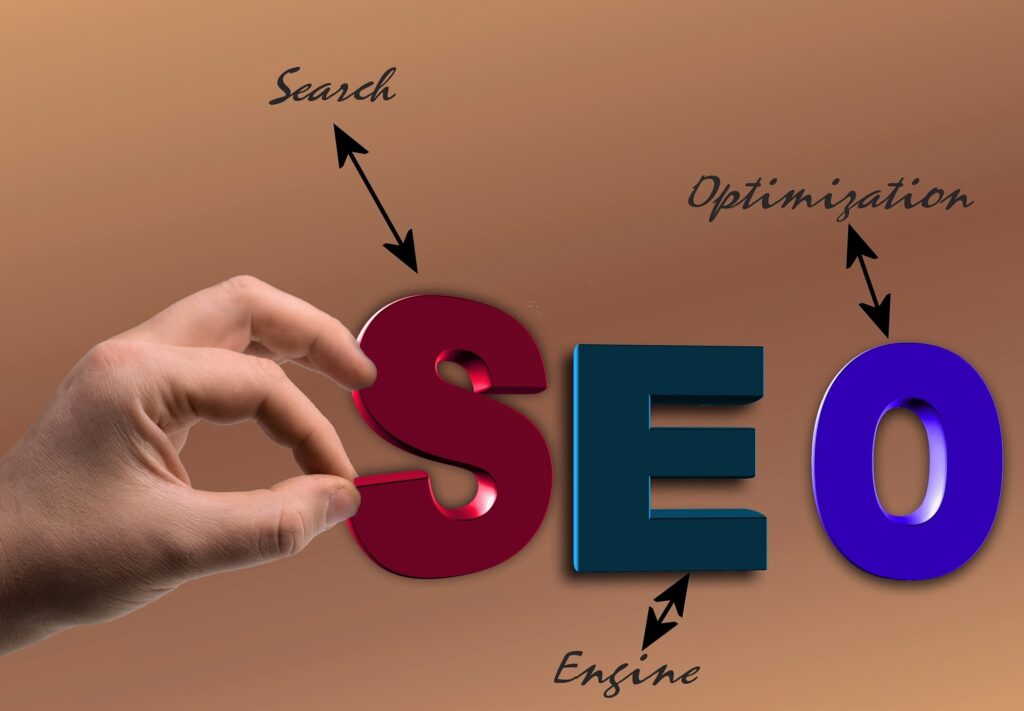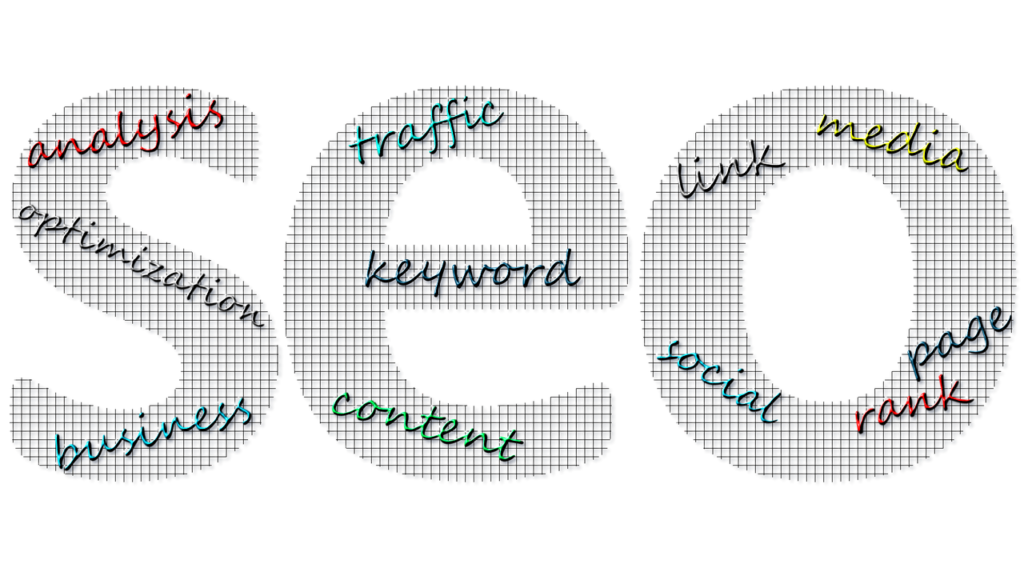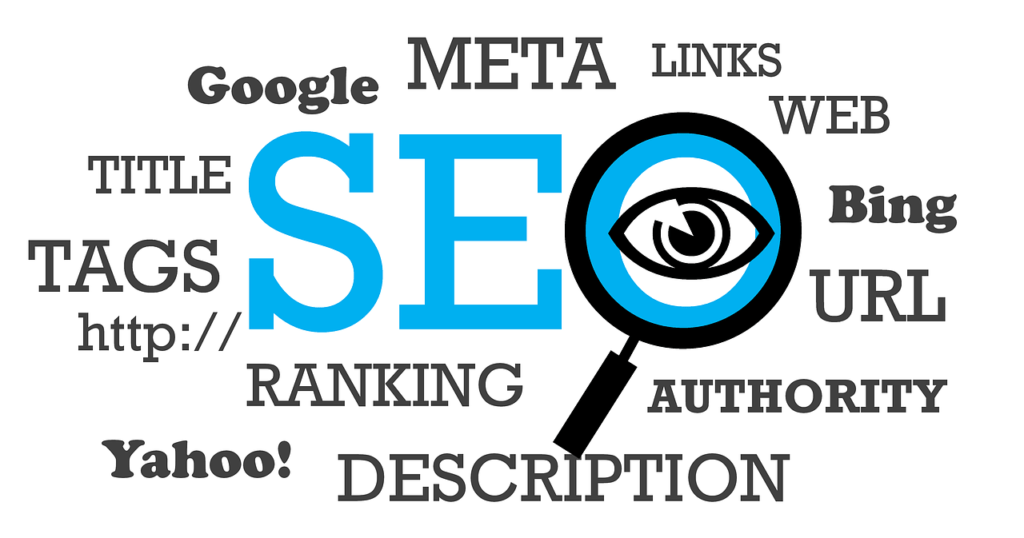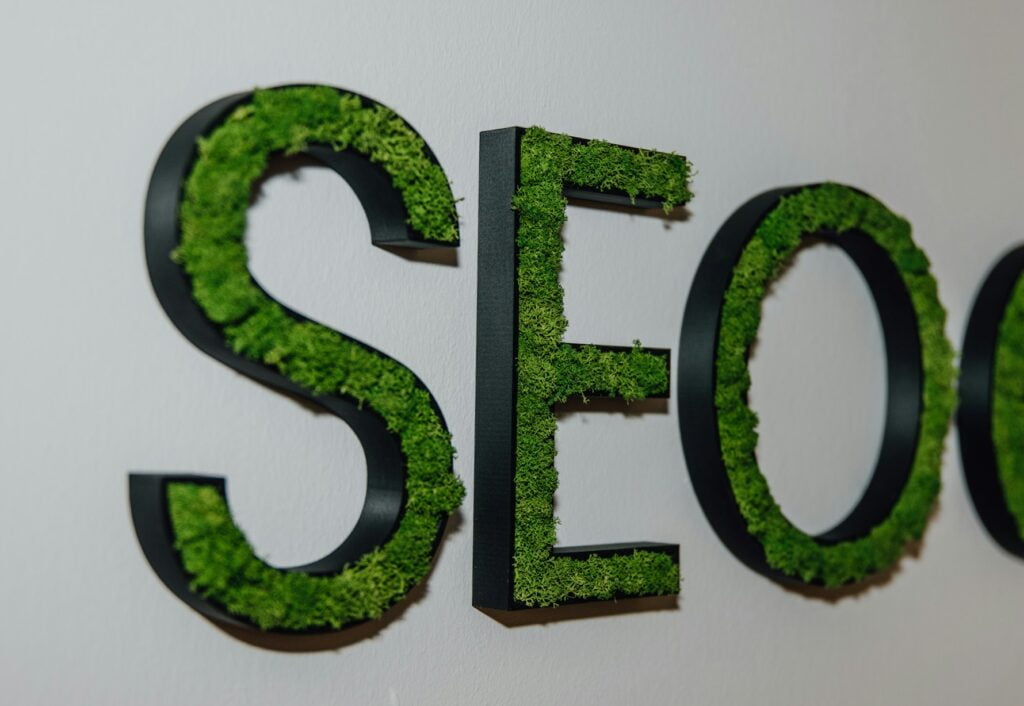Hello and welcome to today’s lesson where we’re looking at the marketing funnel and the journey from stranger to customer. The purpose of a marketing funnel, which you’ll sometimes see referred to as the purchasing funnel or a sales funnel, is to illustrate the hypothetical journey a customer takes in going from someone who knows nothing about a company to a customer of that company. Basically, a marketing funnel is designed to turn leads into customers.
The idea is that the marketer shows their advertisements to a broad array of their ideal potential customers and then nurtures those leads slowly over time through the funnel, reducing the number of potential customers at each stage until eventually those leads that arrive at the bottom of the funnel become customers. The concepts you’ll learn in this video apply equally to both the online and the offline world.
Let’s begin by looking at the classic marketing funnel, which I’m sure most of you are already familiar with. Before we jump in, I should state that this funnel is for illustrative purposes only. There’s no such thing as a marketing funnel as you can see it in this diagram. There’s only a series of interactions people go through with your company and with other companies as they make their way from being a complete stranger to a loyal customer. In short, every single marketing funnel is unique.
So, the stages of the hypothetical model are as follows:
- Awareness: This is where someone notices your business, your offer, or your advertisement.
- Interest: Here, they are finding out a little bit more about you, doing a bit of research.
- Evaluation: At this stage, they are looking to see if your business is credible, if you’re real, if you look trustworthy, and if other people have had a good experience with you.
- Trial: They decide to do business with you in some small way.
- Adoption: This is the bottom of the funnel where they finally decide to jump on board and become a customer.
It’s worth noting that how much a company will be prepared to pay to turn an unknown prospect into a customer will very much depend on the lifetime value of that customer. Another dimension to consider is the time customers are prepared to devote to interact with the company at each stage of the funnel. Initially, people have very little time for you as you’re just another voice among thousands competing for their attention. As they start investigating further, they begin to devote more time. However, once they’ve evaluated you and trust you, they start to dedicate less time to you.
Understanding how the time dimension impacts your marketing is crucial. It can be tempting to bombard prospects with information as soon as they express interest, but remember, that isn’t what people want as they go through your funnel. For example, instead of initially sending a prospect a huge case study, perhaps it might be better to send them just a single page containing a bullet point list of results you’ve achieved for others. This might take just 30 seconds for them to digest but gives them what they want to know.
Another way to think about the time dimension is to consider if you’re connecting prospects with the right information at the right time. If you’re using case studies, are they just sitting on your website, or would it be better to send a couple of case studies that can be digested in under five minutes to new prospects automatically three weeks after they first expressed interest in you?
Now it’s time to add our final dimensions to the funnel: emotion and logic. Emotion and logic are inversely related as the person moves through the funnel, and you need to change your messaging based on how people’s emotions and logic change. For example, you should begin at the top of your funnel by using emotion to capture their attention. Once you have their attention, use logic to show them that you’re good at what you do and can address their wants and requirements. Finally, to seal the deal and make them a customer, you need to go back to using emotion.
Examples of Marketing Funnels
Online Funnel Example
Consider a weight loss firm that displays their ads via Facebook. The ad is an image of a smiling man holding up a t-shirt that’s obviously several sizes too big for him, implying he has lost a lot of weight using this company. This ad equates to the awareness part of our funnel, simply trying to grab attention and get people to click on it. When they do, a 15-second video plays of the man explaining how great the company’s program is. At the end of the video, an offer is presented to download a case study of 100 previous customers who have been happy with the company. To download the case study, the prospect has to enter their email address.
Once they’ve entered their email address, they’re now in the evaluation stage of our funnel, where they potentially read the case study, browse the company’s website, and start to receive regular emails. After a few weeks, the prospect receives an email explaining that they can trial the service for one month for just $1. At the end of the month, they will be taken onto the regular subscription price of $49.99, but they can cancel their subscription easily any time in that first month. Signing up for the trial provides a very low-barrier way to try the company, and at that point, our prospect enters the trial part of our funnel. If at the end of the month they are enjoying the company’s service and are happy with it, they move on to the full price subscription and become a customer, entering the adoption part of the funnel.
Real-World Funnel Example
Imagine a real estate company that prints an ad for their services on a piece of card, showing some of the houses the company has sold locally and the prices those houses achieved. The card also contains a link to the company’s website for further information. These cards are posted through the letterboxes of everyone who lives where the best buyers are for this business. By sending these mailings out consistently month on month over a period of years, the company is building top-of-mind awareness, the first level of our funnel.
When the prospect is ready to sell, even if that takes five years or more, they will remember the company. Notice how the cards contain very little information because people won’t invest much time at this stage of the funnel. The link to the company’s website provides a way for the homeowner to get further information about their services, moving to the interest section of the funnel. Here, they can research the results the firm has achieved, their average sale price, average sale time, etc. The website also offers a no-obligation, totally free evaluation. Pursuing this evaluation takes the customer further down the funnel into the evaluation trial phase. If the homeowner proceeds, they move to the trial phase. Once the house is sold and the homeowner is in the process of moving, they become a customer, entering the final phase of the funnel, the adoption phase.
Understanding Conversion Rates
An important term to understand when learning about marketing funnels is the conversion rate. A conversion rate simply defines how many of one thing become another thing. In terms of our marketing funnel, this could mean how many people who clicked on an ad become customers or how many people who had a consultation then went on to become customers.
For example, a simple advertising campaign cost $2,300 and received 2300 clicks, so that’s one dollar per click. Of the 2300 people who clicked on the ad, 230 expressed an interest by entering their email address in exchange for a download, giving a conversion rate of 10%. The company nurtured these leads and offered them the opportunity to attend a webinar, with 23 prospects attending, a conversion rate of 10%. Of those who attended the webinar, 4 signed up for a trial, a conversion rate of 17%, and one of those went on to become a customer, a conversion rate of 25%. The total cost to acquire one customer is thus $2,300, matching the campaign cost.
Summary
The classic marketing funnel shows the hypothetical journey a customer goes on as they move from being unknown to a company to being a customer. At each stage of the funnel, some customers are lost, but others are nurtured one step closer to becoming a customer. Every business employs a marketing funnel, from corner stores to Apple, with varying levels of complexity. Understanding marketing funnels is useful regardless of whether you work in marketing or not.
That’s it for me. I hope you found this lesson really useful, and I look forward to speaking to you again soon.


